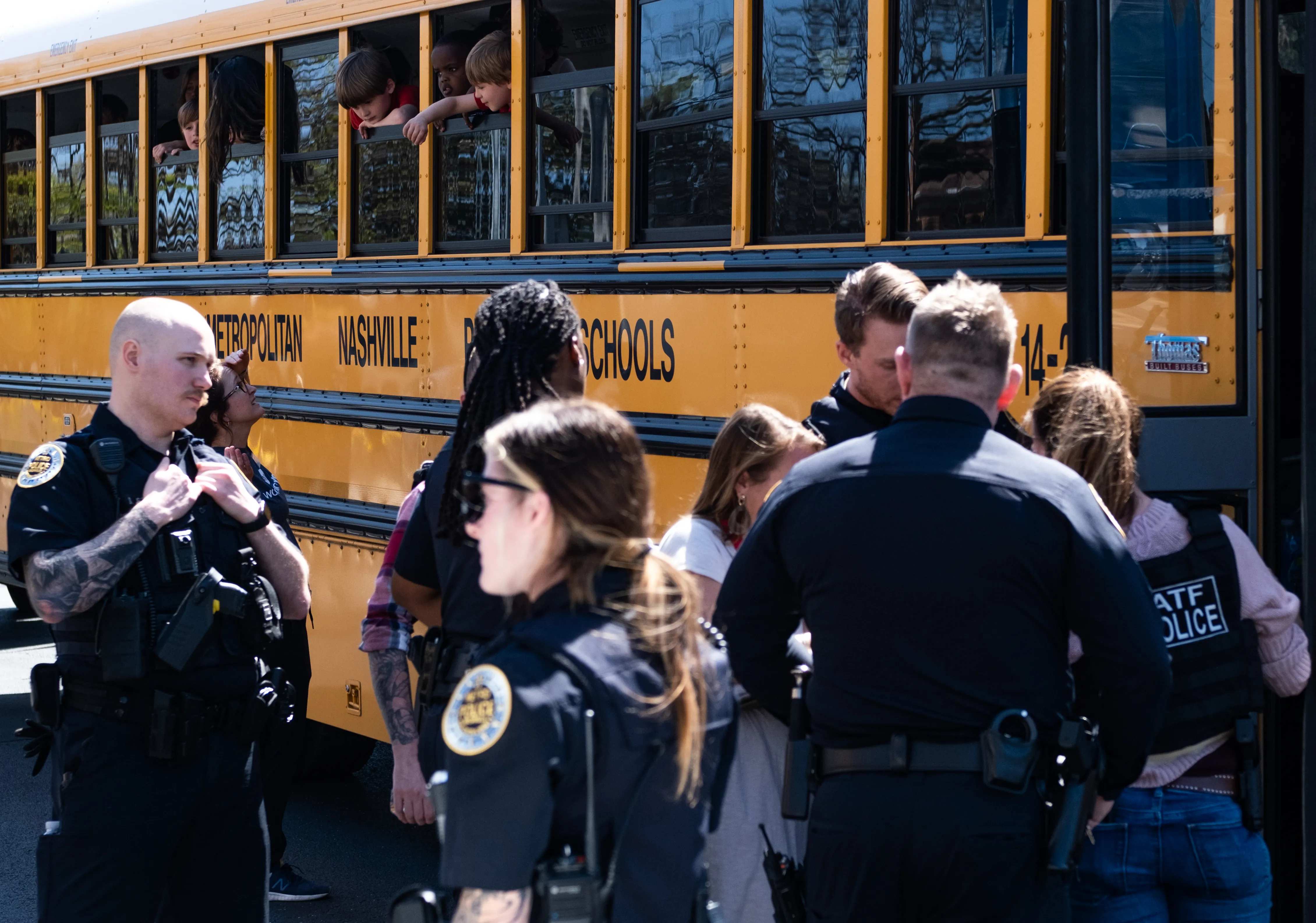A violent incident on school grounds is the worst-case scenario for any school community. According to a report by The Educator’s School Safety Network, the most common violent incident in the 2022-2023 school year was a false report of an active shooter – also known as swatting.
The swatting of schools is almost always a deliberate false report of an active shooter on a school campus. These attacks have happened to schools all over the country, and they require an immediate and extreme response from school leadership and law enforcement.
While relatively few swatting attacks have resulted in the death of innocent people, they almost always have lasting effects on the psychological well-being of students, staff, and parents. A school district's reputation can also be damaged if its response is not quick and accurate. There are serious consequences if you are unprepared to handle such crises. School communications managers should include swatting response protocols in their communications planning.
There is limited national data about swatting attacks because the FBI only recently decided to create an online database about such attacks. But one thing is clear: these incidents are on the rise, schools are a target, and your school communications department needs to be prepared to respond.
Tips for swatting response
The best practices of crisis communications will apply during and after a swatting incident. Here are some tips for preparing your school communications team for an effective, timely response:1. Time is of the essence
Timeliness is crucial in a swatting case. When parents, students and community members think there is an active shooting or other violent event happening, response must be instant. This needs to be remedied immediately upon learning that it was a false report. People behave differently when they feel unsafe and afraid, and the sooner everyone knows that the report was false, the safer everyone will be.
This is why it’s so important to carefully prepare for a swatting incident and have scripts, notifications, and detailed plans in place. The more prepared you are, the faster you can inform everyone of the false report.
2. Identify the spokesperson
Whether it’s the superintendent, school communications director, or principal, there needs to be a point person for delivering the carefully crafted messaging. This person needs to be readily available and well-trained for press conferences. It’s also wise to have a stand-in should, for some reason, that person is not available.
3. Design a clear script
Careful wording is vital in all school communications, but especially so in crisis communication. Spend some time crafting an outline of what should be said if and when your school learns that a reported violent incident was a false alarm.
It’s advisable to open your communication by assuring the public about the safety of the students. Keep it short and simple and remember that not everyone is familiar with the word “swatting” just yet. Offer next steps for concerned individuals (i.e., tell parents how they can communicate with or come pick up their students).
4. Ensure your notification system is updated
It’s times like these when you need to be able to rely on your school notification system. You need to have multiple, streamlined channels to deliver important messaging to the right people. It will take too long to craft individual messages for social media, email, mobile notifications, text, and website. In an emergency, you need to have a system that allows you to send out a comprehensive blast to update all channels at the same time and make sure everyone is on the same page.
Your school notification system should be regularly tested to ensure it’s operating correctly and that it’s inclusive of all relevant community members. You don’t want to wait until a swatting incident to find out there’s a glitch.
5. Establish and maintain updated media contacts
In the same way you need to keep your immediate school community updated, the public will need updating, too. While your school website is a public-facing platform, people have to visit it to get updated. In the case of a crisis like swatting, your school communications should take a proactive approach in keeping the community informed.
This requires a familiar relationship with media professionals that will give you a quick way to update the local news about the incident. A school communications leader should have an updated list of contacts for various reporters and include them in communications about the swatting incident. Ideally, you have an ongoing relationship with the media, updating them about positive stories in your school. This will foster a familiarity that makes urgent and emergency situations more streamlined.
Conclusion
Preparation is key for any kind of crisis communication, and a swatting incident requires specific training and awareness in your school communications team. Swatting is on the rise, and you need to have a plan in place in case your school falls victim to such an attack.
To keep your response timely, identify a spokesperson, craft a script, ensure your notification system is updated, and maintain healthy relationships with the local media. These are good practices even if your school never experiences a swatting attack.
“One thing is clear: these incidents are on the rise, schools are a target, and your school communications department needs to be prepared to respond.”

About the author
Emma Castleberry is an education writer and contributor to the SchoolNow blog. You can reach her at elcastleberry@gmail.com.
.png?width=64&height=63&name=Group%20(4).png)
.png?width=66&height=64&name=Group%20(5).png)
.png?width=56&height=60&name=Group%20(6).png)
.png?width=66&height=52&name=Group%20(7).png)
.png?width=56&height=56&name=Group%20(9).png)
.png?width=59&height=52&name=Group%20(10).png)


